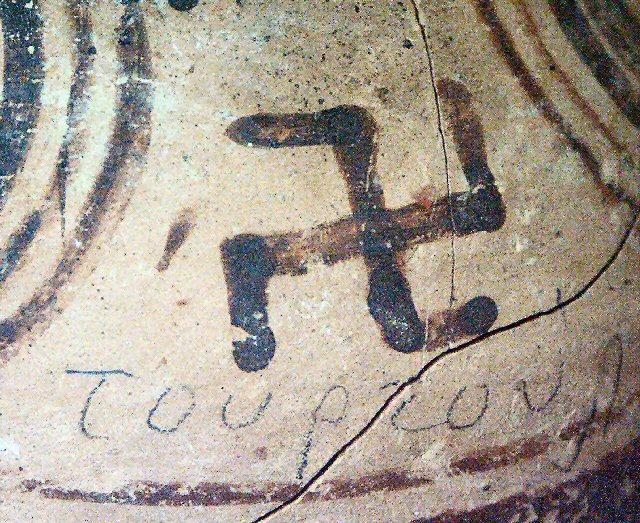The earliest known swastika was found in 10,000 B.C. in the Ukraine, carved on mammoth ivory.
Its meaning has been a good one for thousands of years. However, Adolf Hitler appropriated it in the 20th century, establishing its association with tragedy, death, and destruction. The symbol is found not only in one ancient civilization, but in ancient civilizations all over the world, bespeaking its deep connection with humanity and human culture.
Aztecs and Mayans used the symbol on burial mounds, clothing and jewelry. In Europe, such symbols can be found in Roman catacombs, in churches, on plaza stones, and graves.
The word swastika is Sanskrit: swa means “higher self,” asti means “being,” and ka is a suffix. The word may be understood as “being with higher self.” It is also known as srivatsa.
It has an especially strong connection to Buddhism in India, which was then transmitted to China. The srivatsa is often found on Buddha sculptures, and it is believed to be a sign displayed by Buddhas to the people who first depicted it—a symbol with profound and heavenly meanings. It has been understood over the ages as a symbol of good luck, a symbol of purity, and other positive attributes. Hitler sought to connect the symbol’s power and purity to his doctrine of establishing a “pure” race.
The shadow cast on the symbol by the Nazis is slowly being lifted. The Jewish Virtual Library, an American-Israeli Enterprise, has addressed the history of the Swastika positively.
*Image of a Buddha statue on Lantau Island via Shutterstock





